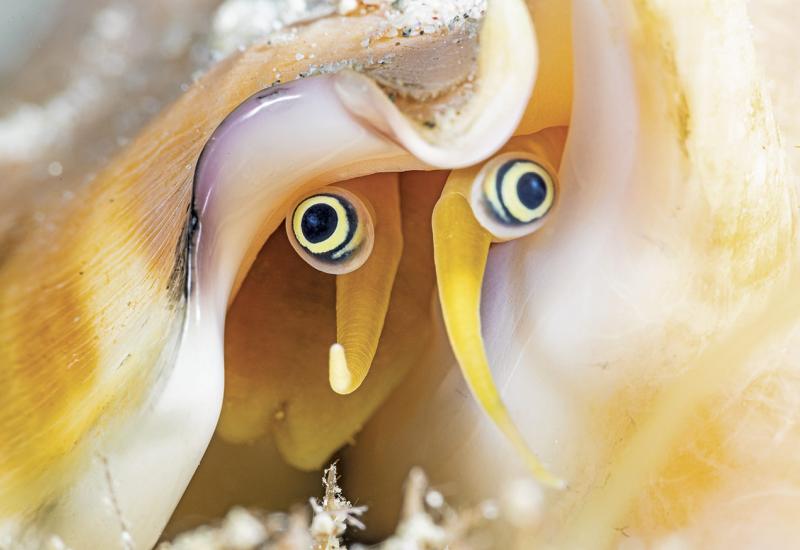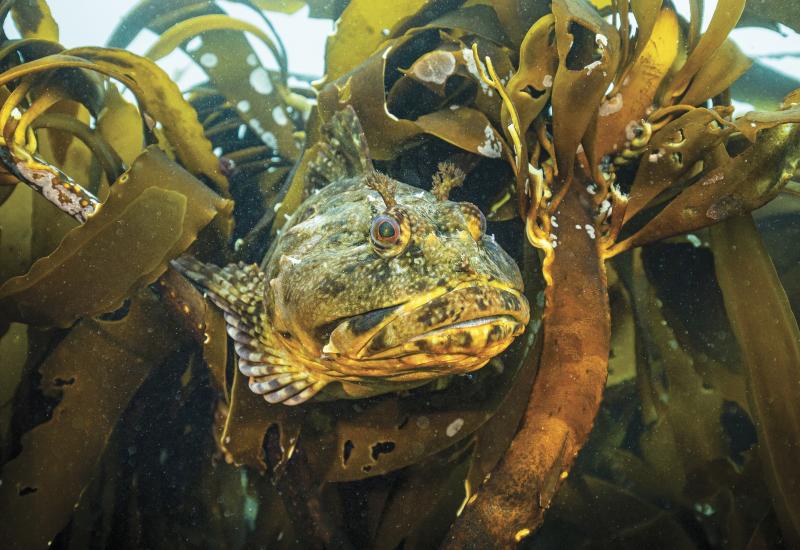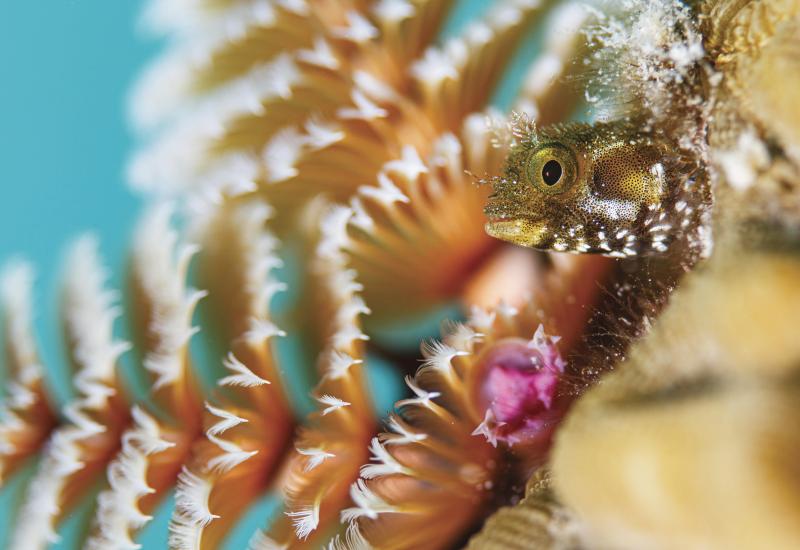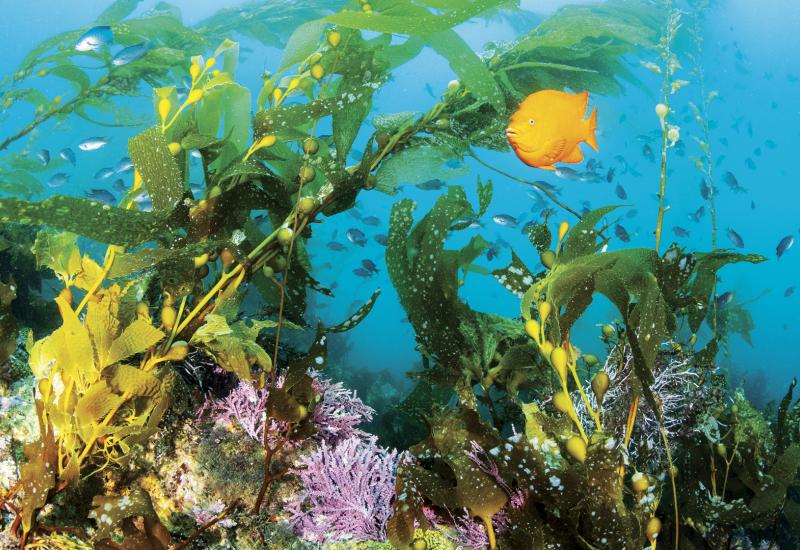5 Tips for Snapping Prize-Winning Underwater Photos

5 Tips to Take Winning Underwater Photos
Honorable Mention from this year's Through Your Lens photo competition.
Kyle McBurnie
How did the photographers take home the prizes in our 10th annual Through Your Lens competition? I’ve judged a number of photo contests, and my short answer is usually: “Luck — and being ready when fortune smiles on you.”
Sometimes life deals you lemons. You set up to shoot macro on a dive, and you encounter a leatherback turtle or a shark. Instead of whimpering about your unlucky lens choice, try a tight shot with a unique perspective. Try something new and different, and you just might be surprised — along with the judges.
1. Weed Out Poorly Exposed Pics
Think you have a winning image? If it isn’t exposed properly, judges won’t consider it. If you botch the exposure, you might be able to save it in Lightroom or Photoshop, but it’s best to nail the exposure in-camera. Pay attention to the highlight warning and histogram. If you try to bring it back during postproduction, the judges will deduct points for a noticeable lack of contrast or too much noise from heavy-handed exposure correction.
2. Toss Blurry Photos
All the Photoshop and Lightroom work in the world won’t save a photo that is out of focus. When shooting macro, focus on the eyes of a critter. If the eye is in focus, the viewer then perceives the image to be in focus, even if the rest of it is artfully blurred away. For wide-angle shots, focus on the nearest subject in the frame, since one-third of your depth of field is in front of your focus point and two-thirds is behind.
3. Chuck Bad Composititions
Are your photos eye-catching and composed well? When setting up for a shot, use the rule of thirds. Have one of your primary compositional elements in one of the thirds of the frame. Imagine your frame is a tic-tac-toe board. Put one of your main compositional elements in one of the intersections of the lines. This will make a big difference in the quality of your compositions.
4. Reject Boring Photos
Submit only compelling images. Any image that tells a story will always be more interesting. Marine-life behavior can be fascinating: A jawfish spitting out sand, mandarinfish spawning and an animal caught midbite eating something are examples of capturing behavior that tells a story.
5. Be Self-critical
You are your own best critic — make sure your images meet your expectations for good underwater photography. Remember that at the end of the day, you need to be happy with the images you shoot, regardless of what the judges think.

More from the 2014 Photo Contest:
Amazing Nudibranch Photos | Fin-Tastic Shark Photos | The Mind of Conor Culver
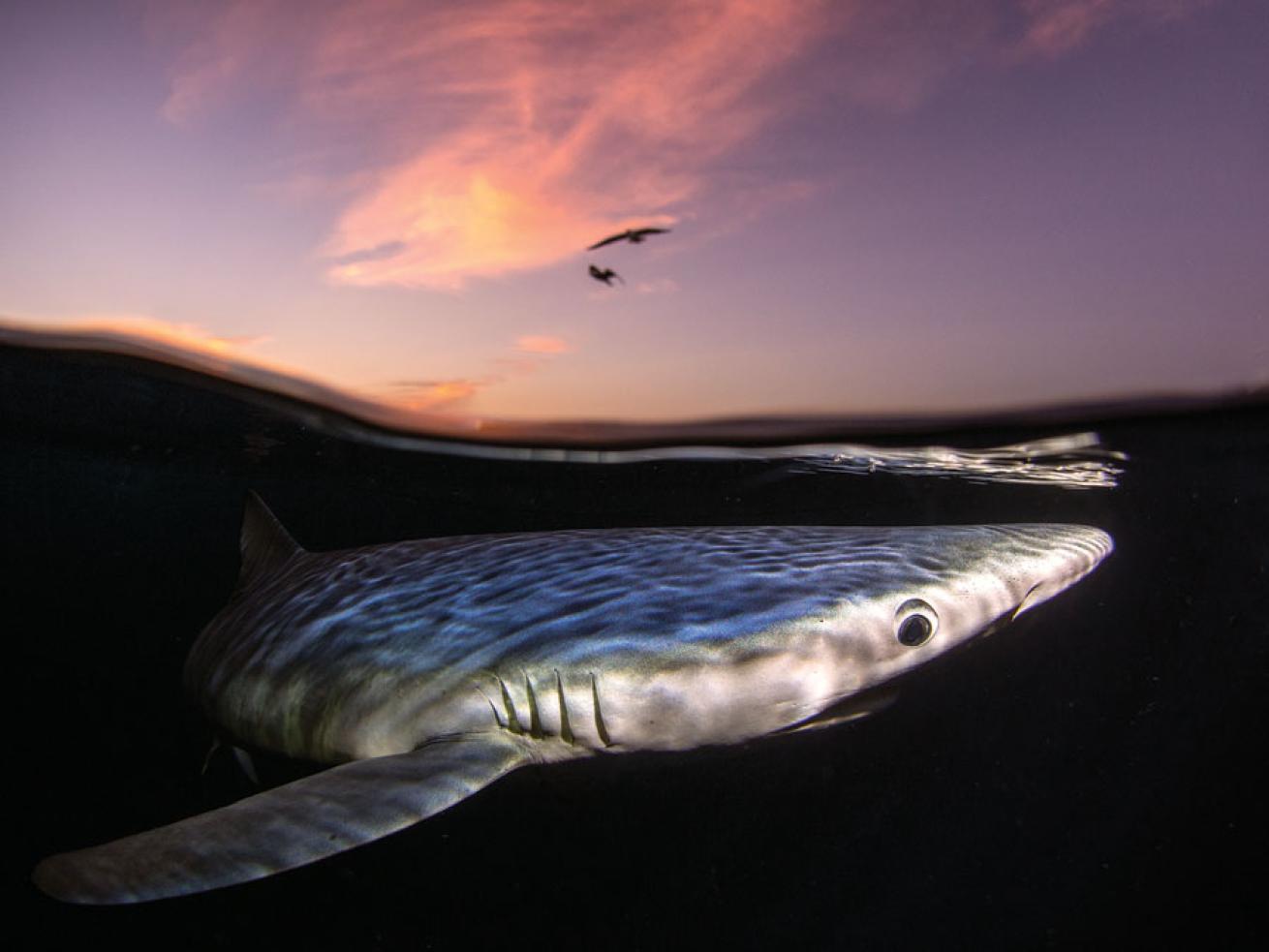
Kyle McBurnieHonorable Mention from this year's Through Your Lens photo competition.
How do photographers take home incredible prizes in Through Your Lens photo competition year-after-year? I’ve judged a number of photo contests, and my short answer is usually: “Luck — and being ready when fortune smiles on you.”
Sometimes life deals you lemons. You set up to shoot macro on a dive, and you encounter a leatherback turtle or a shark. Instead of whimpering about your unlucky lens choice, try a tight shot with a unique perspective. Try something new and different, and you just might be surprised — along with the judges.
1. Weed Out Poorly Exposed Pics
Think you have a winning image? If it isn’t exposed properly, judges won’t consider it. If you botch the exposure, you might be able to save it in Lightroom or Photoshop, but it’s best to nail the exposure in-camera. Pay attention to the highlight warning and histogram. If you try to bring it back during postproduction, the judges will deduct points for a noticeable lack of contrast or too much noise from heavy-handed exposure correction.
2. Toss Blurry Photos
All the Photoshop and Lightroom work in the world won’t save a photo that is out of focus. When shooting macro, focus on the eyes of a critter. If the eye is in focus, the viewer then perceives the image to be in focus, even if the rest of it is artfully blurred away. For wide-angle shots, focus on the nearest subject in the frame, since one-third of your depth of field is in front of your focus point and two-thirds is behind.
3. Chuck Bad Composititions
Are your photos eye-catching and composed well? When setting up for a shot, use the rule of thirds. Have one of your primary compositional elements in one of the thirds of the frame. Imagine your frame is a tic-tac-toe board. Put one of your main compositional elements in one of the intersections of the lines. This will make a big difference in the quality of your compositions.
4. Reject Boring Photos
Submit only compelling images. Any image that tells a story will always be more interesting. Marine-life behavior can be fascinating: A jawfish spitting out sand, mandarinfish spawning and an animal caught midbite eating something are examples of capturing behavior that tells a story.
5. Be Self-critical
You are your own best critic — make sure your images meet your expectations for good underwater photography. Remember that at the end of the day, you need to be happy with the images you shoot, regardless of what the judges think.
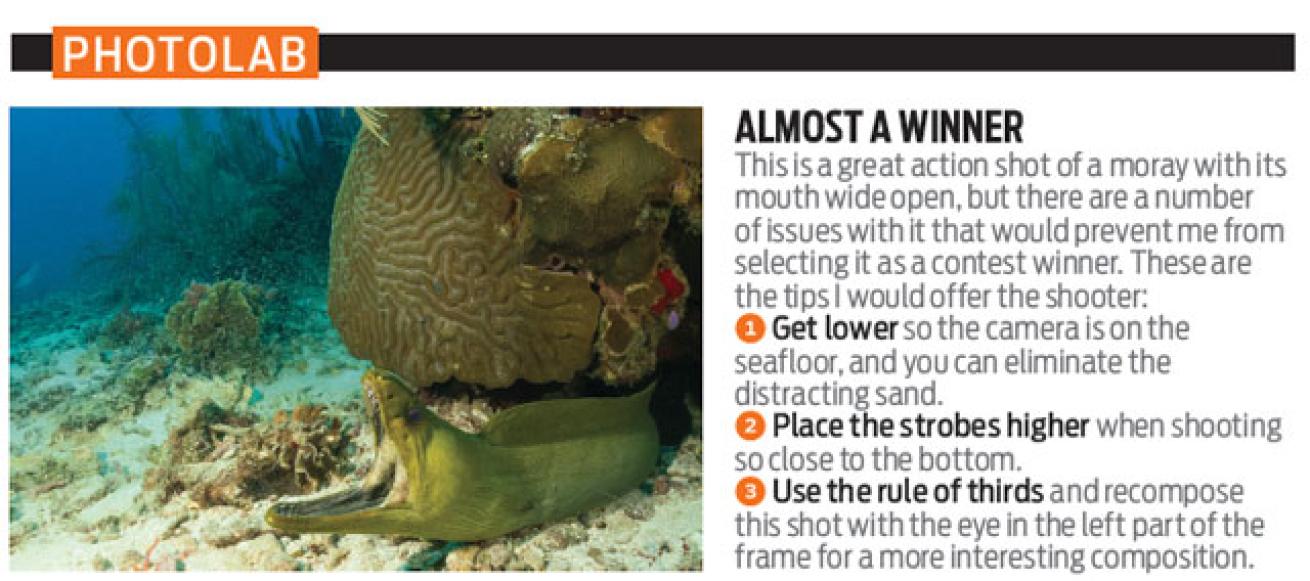
Scuba Diving2014 photo contest
More from the 2014 Photo Contest:
Amazing Nudibranch Photos | Fin-Tastic Shark Photos | The Mind of Conor Culver

